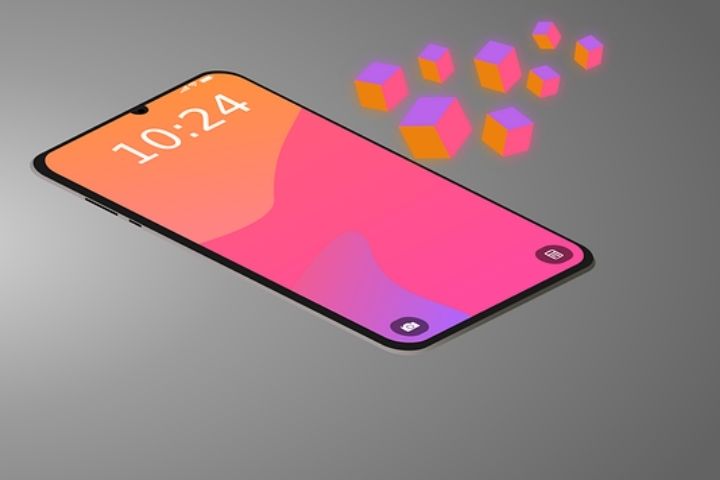Today’s mobile screen are made up of a number of components that constitute a one. All enjoy extreme importance, although the mobile screen is perhaps something more decisive. Mainly, because it is responsible for reproducing the image at all times of the device and without it we could not perform any action.
While it is true that there are methods to control the smartphone with the broken screen, the ideal is not to have to go to them and enjoy an optimal quality of visualization. That is why manufacturers are increasingly striving to develop panels that guarantee an accurate and faithful representation to reality, as well as full of properties to offer a pleasant navigation to the user.
In addition, these are developed to show the greatest possible resistance against all kinds of shocks and falls. Protection technology by the company Corning and its Gorilla Glass, which offer an additional layer of barrier to our screen. However, these are not indestructible and the passage of time or a baton with more force of the account could cause severe damage that completely ends with it.
This forces the user to change the screen of the phone through a repair to use their device in conditions again, and sometimes we resort to third-party companies to solve the problem. A practice that entails greater savings compared to the official store of the brand, but that in the long run can cause inconvenience.
Table of Contents
Beware Of Fake Screens
Manufacturers design the mobile screen with great care to ensure optimal strength and this implies a significant price that many third-party companies are not willing to assume. Hence, some of them look for replicas in order to reduce costs and then sell them as an ideal solution to their customers. A more normal scenario than we would like.
At first this could go unnoticed, but in the future there is a possibility that it will take its toll. Mainly, because the hardness will not be the same as the official one in any of the senses and will not offer resistance against dust or water. Also, other properties such as brightness and color reproduction would be affected in certain cases. Under this risk, it is advisable to be aware of the available ways to check the veracity of the screen.
Check If Your Screen Is Official
You do not have to be a subject matter expert to review this event, as you can perform certain procedures whose intention is to inspect the state of the screen in its entirety. Here are some of them:
Image colors
Today’s screens use OLED, AMOLED and even Super AMOLED panels with the aim of recreating with maximum fidelity the colors and scenarios represented in the image. These are characterized by very bright tones and with a lot of liveliness compared to the false ones. For example, the black colors of this kind of technology stand out for their darkness because the pixels work individually, so some of them will remain muted, showing a blacker hue than usual.
Play a video on platforms such as YouTube or Netflix and raise the brightness to the maximum to glimpse how it transmits the image. If by any chance an acquaintance has at his disposal an identical mobile model, you can compare the result. Otherwise, another alternative is to look for an analysis or content that shows videos of the phone and its features.
Watch out for the battery
Another of the virtues of the technology mentioned in the previous paragraphs is a lower energy consumption. So the autonomy of the phone will be greater if it takes advantage of the properties of AMOLED and derivative screens. This is due to a feature that we have already known before and that is the pixel operation of the panels.
Setting a wallpaper with black hues takes some of them off, ceasing to expend energy unnecessarily. Checking this particularity is as simple as selecting one full of bright colors and writing down the battery life. Subsequently, perform the same process with a dark background and compare the results.
Extreme fragility
Throughout this publication we have already alluded to the resistance presented by a large part of the screens currently developed. That they incorporate a substitute of dubious officiality before damages in the panel can become a problem due to the fragility they provide.
The drawback on this occasion is that there is only one option to check the status and that is that the smartphone suffers an unforeseen blow and appreciates the intensity of the blow. It is very difficult for a simple scratch to damage the screen sharply, so it would be a symptom of a fake screen.
